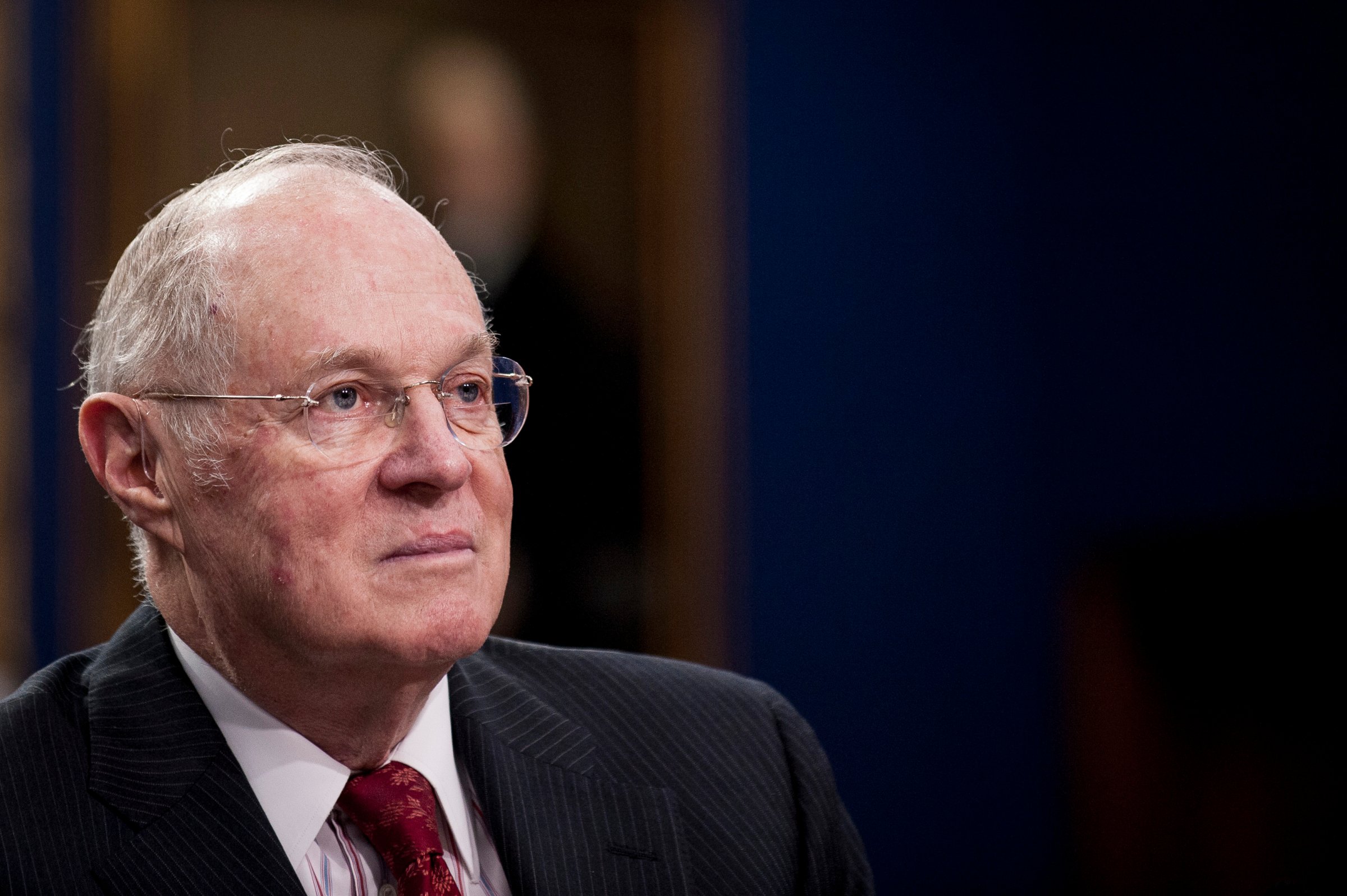
Nobody knows how the Supreme Court will rule in any given case, but the upcoming referendum on abortion restrictions, known as Whole Women’s Health vs Hellerstedt, is a particular nail-biter.
A 2013 Texas law, known as HB2, requires abortion clinics to have hospital-style surgery centers and mandates that doctors who perform abortions have admitting privileges at local hospitals, two requirements that the state says are intended to protect women’s health. But the law has already led to the closure of about half of Texas’s abortion clinics, and if the Supreme Court upholds the restrictions, then that number could be halved again, leaving Texas with about 10 abortion clinics to serve 5 million women of reproductive age. So Whole Women’s Health, a Texas abortion clinic, is challenging the law with the help of the Center for Reproductive Rights (John Hellerstedt, the commissioner of the Texas Department of State Health Services, is named as the respondent.)
After the death of Antonin Scalia, a staunch anti-abortion conservative, and as the Obama administration fights in vain to get a hearing for Supreme Court nominee Merrick Garland, the court trudges on with only eight justices. Ruth Bader Ginsburg, Sonia Sotomayor, Elena Kagan and Stephen G. Breyer, the four liberal justices, are likely to vote to strike down the Texas abortion restrictions. Chief Justice John G. Roberts, Samuel Alito, and Clarence Thomas, the three remaining conservative justices, are likely to vote to uphold them. Justice Anthony Kennedy will probably be the swing vote.
Read More: Here’s What Justice Kennedy Thinks About Abortion
Here are the three possible scenarios for what could happen when the Supreme Court hands down its ruling on Whole Women’s Health vs Hellerstedt.
THE RESTRICTIONS STAND: If the majority sides with Texas (Hellerstedt,) then the abortion restrictions will stand. That would set a clear legal precedent that would allow states to impose regulations on abortion clinics, even if they limit abortion access in that state.
THE RESTRICTIONS ARE STRUCK DOWN: If Justice Kennedy votes with the liberal justices to strike down the abortion restrictions, then the laws will be invalidated and Texas clinics will be allowed to stay open. This will also set a clear Supreme Court precedent, which would likely cause other states, like Mississippi and Alabama, to lift or adjust their abortion restrictions.
This scenario is very possible. Justice Kennedy has shown a sensitive understanding of the arguments for reproductive access and has upheld Roe v Wade in the past. In Planned Parenthood vs. Casey in 1992, Kennedy joined Justice Sandra Day O’Connor’s plurality opinion, which set the precedent that abortion restrictions could exist as long as they didn’t create an “undue burden” on women seeking abortions. That opinion specified that restrictions create an “undue burden” if “its purpose or effect is to place substantial obstacles in the path of a woman seeking an abortion,” which might include “unnecessary health regulations.” Major medical associations like the American Medical Association and the American College of Obstetricians and Gynecologists have filed an amicus brief calling the Texas law at stake “medically unnecessary.”
That 1992 opinion also included another statement widely attributed to Kennedy, one which might indicate a sympathy to the clinics and their patients:
“These matters, involving the most intimate and personal choices a person may make in a lifetime, choices central to personal dignity and autonomy, are central to the liberty protected by the Fourteenth Amendment. At the heart of liberty is the right to define one’s own concept of existence, of meaning, of the universe, and of the mystery of human life.”
IT’S A TIE: If Justice Kennedy votes with the conservative justices and the four liberals stay in their corner, then it’s a 4-4 tie. If that’s the case, then the Fifth Circuit‘s ruling upholding the abortion restrictions will stand, and the laws will stay in place, leaving fewer than a dozen clinics in Texas to serve 5 million women of reproductive age. But a tie would not set a clear legal precedent for the future of similar laws, which means that other challenges to abortion restrictions would still make their way through the courts over the next several years, and the issue could appear before the Supreme Court again.
This scenario is also very possible. Justice Kennedy’s 2007 ruling on a case involving late-term abortions suggests that he is in fact deeply troubled by some aspects of the procedure. In his majority opinion in Gonzales vs. Carhart, Kennedy wrote that the state can use its regulatory power to “promote respect for life, including life of the unborn.” He also speculated that women who have abortions might one day feel remorse, writing that “it seems unexceptionable to conclude some women come to regret their choice to abort the infant life they once created and sustained.”
Several amicus briefs have been filed in this case by women who say they never regret their abortions.
PLURALITY: There’s also a possibility that none of these scenarios come to pass, and the Court issues a plurality opinion as it did in the 1992 Planned Parenthood vs Casey case—that means that no single opinion got a majority of the votes, but one opinion got more than the others. Often a plurality opinion results in a ruling that is more of a guideline than a strict precedent, since it lacks the weight of a majority opinion.
More Must-Reads From TIME
- The 100 Most Influential People of 2024
- The Revolution of Yulia Navalnaya
- 6 Compliments That Land Every Time
- What's the Deal With the Bitcoin Halving?
- If You're Dating Right Now , You're Brave: Column
- The AI That Could Heal a Divided Internet
- Fallout Is a Brilliant Model for the Future of Video Game Adaptations
- Want Weekly Recs on What to Watch, Read, and More? Sign Up for Worth Your Time
Write to Charlotte Alter at charlotte.alter@time.com